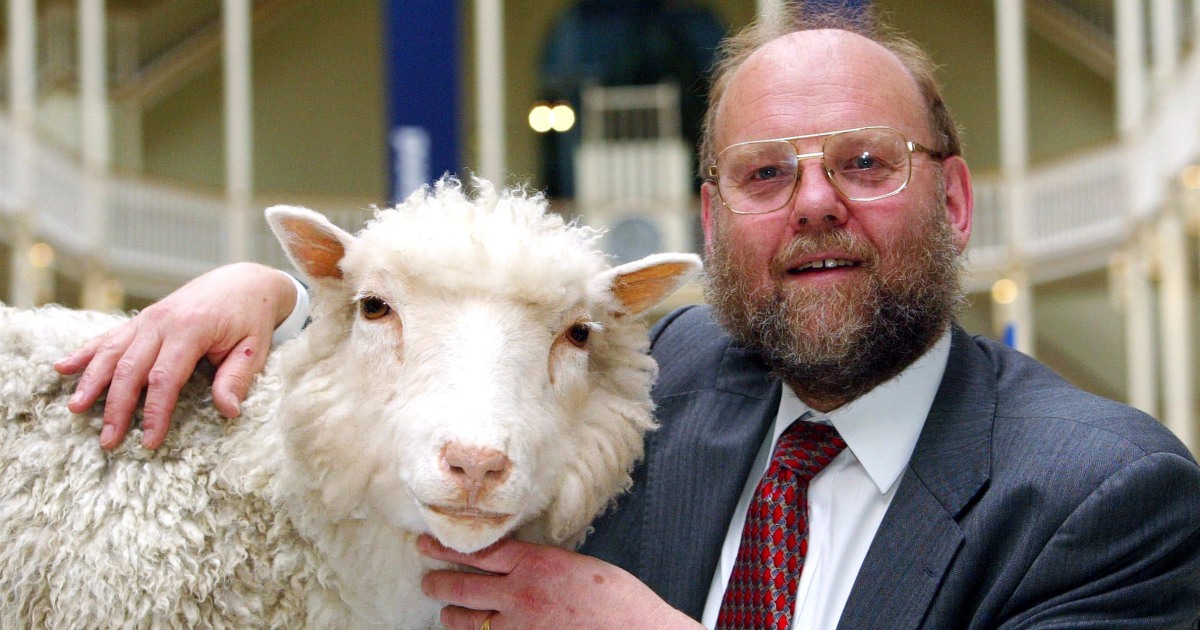Key takeaways:
- Ian Wilmut, the pioneering scientist who created Dolly the Sheep in 1996, passed away at the age of 79.
- Wilmut’s work was a major breakthrough in cloning technology, as it was the first time scientists were able to coax a mature adult cell into behaving like a cell from a newly fertilized embryo in order to create a genetically identical mammal.
- The cloning of Dolly sparked a global discussion about the ethics of cloning and the potential for cloning humans, and Wilmut’s work will continue to be remembered and celebrated for years to come.
Today, the world mourns the loss of Ian Wilmut, the pioneering scientist who created Dolly the Sheep in 1996. Wilmut, who passed away at the age of 79, was a professor at the University of Edinburgh’s Roslin Institute for Animal Biosciences.
Wilmut’s work was a major breakthrough in cloning technology, as it was the first time scientists were able to coax a mature adult cell into behaving like a cell from a newly fertilized embryo in order to create a genetically identical mammal. The lamb, initially referred to as “6LL3” in the academic paper describing the work, was later named Dolly, after the singer Dolly Parton.
The cloning of Dolly sparked a global discussion about the ethics of cloning and the potential for cloning humans. Wilmut’s work was a major step forward in the field of cloning, and his legacy will continue to be felt in the years to come.
The University of Edinburgh paid tribute to Wilmut in a statement, saying, “With the sad news today of Ian Wilmut’s passing, science has lost a household name.” Wilmut’s work will continue to be remembered and celebrated for years to come.



Be First to Comment